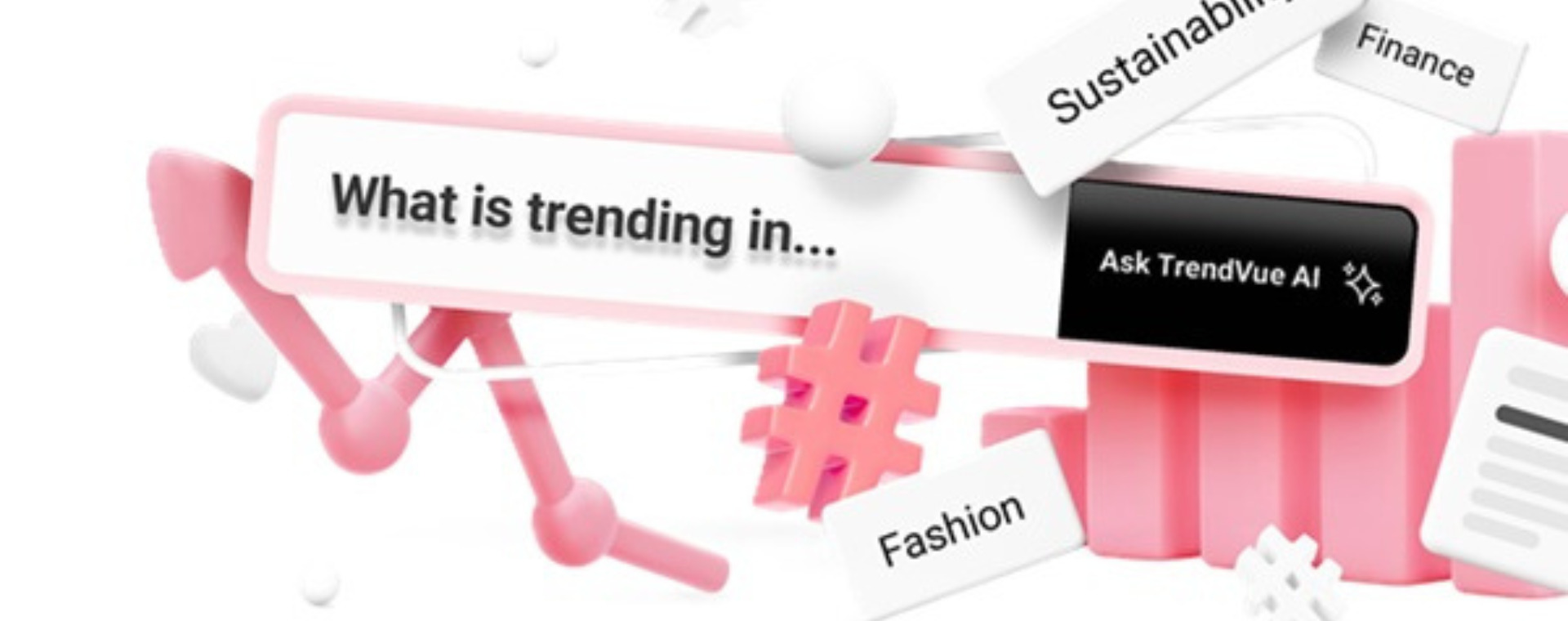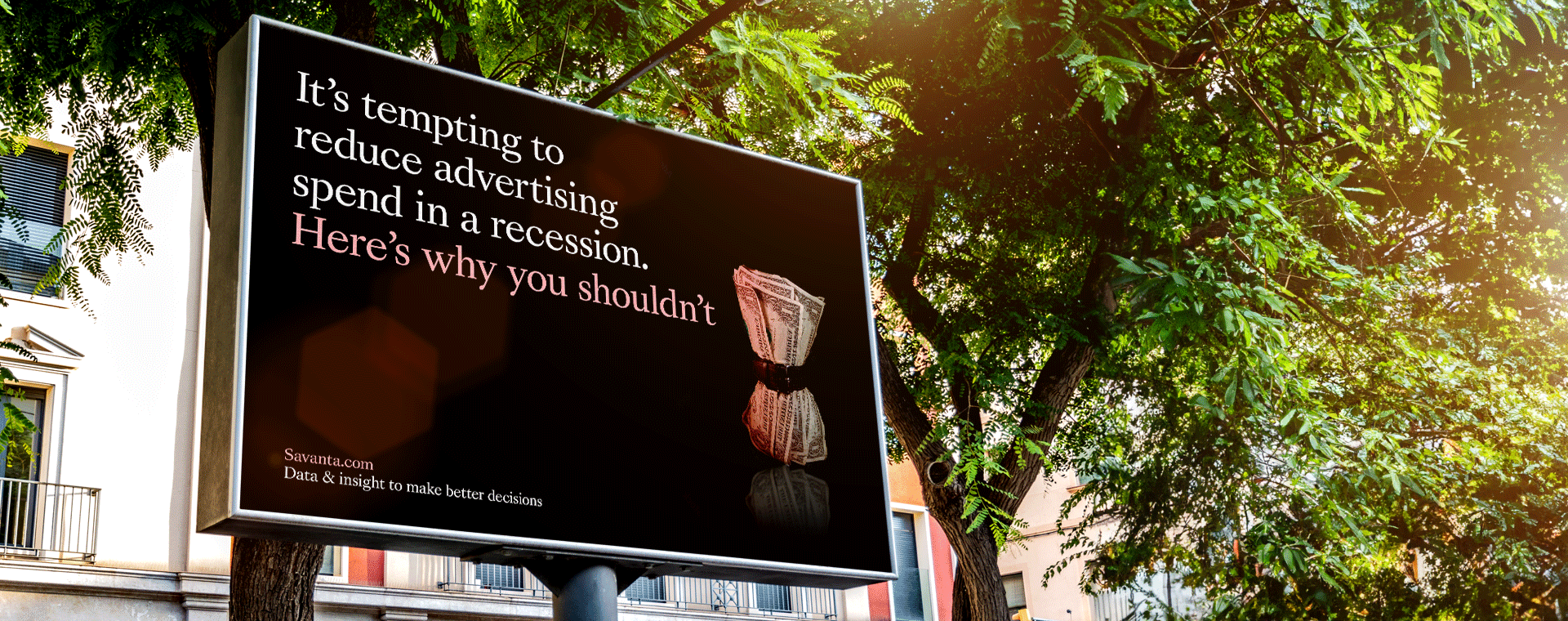
With non-essential UK shops open again since Monday and increasingly more reopening across the US, brands will be turning their attention to how shopping behaviours will have changed…
It will, however, take time to see how these changes in behaviour playout. So, In the absence of a crystal ball, behavioural research gives us a simple framework through which we can anticipate shopper behaviour and measure potential strategies and initiatives.
The “W.I.N.” framework helps businesses to objectively measure and assess the viability of potential initiatives they may be considering.
The “W.I.N” framework is made up of three elements.
The first is ‘Wired’: we are all now getting accustomed to socialising and shopping online and this looks to continue.
The second is ‘Interconnectedness’: most of us are in constant contact with our social networks digitally in lieu of face-to-face (something we may have been missing and will now want more of).
The third is the establishment of ‘New Norms’: With the world constantly changing, new social contracts and behaviours are manifesting themselves and will become permanent (think masks and face coverings).
Here we explore each element in turn, their implications for shopping behaviour, and what key questions businesses should ask themselves to make sure they are ready to adapt.
WIRED
Despite the predictions of many, e-commerce has been relatively slow in meeting businesses’ expectations. However, COVID-19 lockdowns have forced shoppers to quickly adapt and accept this as a way to shop.
Some businesses are already adapting to the new Wired mindset by offering online shopping initiatives such as online assistance, virtual try-ons and a shopping experience that get us as close to tactile shopping as possible by creating an experience that goes beyond transactional.
For example, Austin Li, the Chinese KOL known as “Lipstick Brother No 1”, has already sold millions of beauty products during lockdown – all through livestreaming and his animated demonstrations that would put the Home Shopping Network to shame.
So does this mean an end to bricks and mortar retail?
Not necessarily.
The reopening of non-essential shops in the UK on Monday resulted in hour-long queues for outlets such as Primark, TK Maxx and Footlocker.
Whilst the shopping experience itself is certainly still far from ‘normal’, with measures such as those seen in supermarkets in place, early signs will be encouraging for high-street retailers.
Despite this, its undoubtable that much of our lives will remain lived online. With this in mind, a seamless convergence between online and offline shopper journeys will no longer be a convenience but an expectation.
For example, if records of what we shopped on the brand’s website could be accessed while we shopped the brand’s store (or vice versa)- this would be the ultimate convenience.
With hygiene precautions preventing shoppers from touching things they do not then purchase and with changing rooms severely restricted in clothes outlets, businesses will need to be smart to allow customers a physical “touch and feel” experience while ensuring comfort and safety. Facilitating these online and offline needs will be a key differentiator — which smart businesses can already start to put in place.
Businesses need to ask themselves three things:
- Am I ‘wired’ enough? That is, do my current digital initiatives align with post-lockdown shopping mindsets and, subsequently, how people want to shop my products?
- Am I creating an engaging digital experience that goes beyond just transactional?
- What does bringing an online and offline experience together look like in my shopping experience?
INTERCONNECTEDNESS
Many of us have been in constant contact with loved ones during lockdown.
It goes without saying that as lockdown rules continue to loosen, seeing friends and family in person will be at the forefront of our minds.
Re-establishing our old connections – interconnectedness – will be a top priority, and spill over into other elements of our lives such as shopping.
Like wired initiatives, an opportunity exists for businesses to create environments that facilitate interconnectedness- both online and offline.
The skincare brand, Dermalogica, already hosts online classes for customers led by their skin therapists. Nothing screams community like seeing a bunch of Zoom faces on your screen learning to apply mud masks in unison. While they may all look silly, they’re having fun and experiencing something authentic together.
I expect to see more interconnectedness now that stores reopen – such as customers video chatting with friends and family as they shop. From our shopper behaviour studies, we observed many instances of picture-taking and facetiming while shopping to gather reactions and approval from friends and family of potential purchases. In Behavioural Economics, this is known as “social proof” where we look to others when we are unsure about a situation or decision.
Adapting physical design and operations to meet customers’ social connection needs should be prioritised when planning for the long-term.
To take advantage of this desire for interconnectedness, businesses need to ask themselves:
- Do my current retail strategies facilitate interconnectedness?
- Will my retail designs and operations be ready to accommodate social connections?
- How can you creatively foster “community” with your customers both online and offline?
NEW NORMS
“Iso haircuts”, “virtual happy hours” and “quarantine shaming” are all new norms we’ve seen emerging during the pandemic. Who would have thought several months ago that we’d have to queue outside supermarkets to do the weekly shop?
This is our new normal.
As these norms become embedded, social norms may change when it comes to examining products, trying on items or even talking to shop staff. Whilst this may seem like chasing a moving target, it is important that businesses constantly observe and listen to their customers and be agile and quick in refining their initiatives since the right solution now may not be applicable later on.
Adapting a “test and learn” approach that incorporates Wired and Interconnected mindsets, is an effective way to lead the pack and set the standards
To adapt effectively, businesses will need to ask themselves:
- Are my designs and operations fit for purpose in terms of these ‘new normals’?
- Do I have a constant view of changing norms?
- Is my business agile enough to accommodate these changes?
- Can I create new norms with my service models to set the standard?
The bottom line
Where we can’t rely on guesswork, we turn to science and behavioural research to help us provide some structure and discipline for anticipating and planning for the changing nature of shopper behaviour.
The “W.I.N.” framework helps businesses to objectively measure and assess the viability of potential initiatives they may be considering.
It also ensures that businesses are ready to restart and tackle any new behaviours and mindsets that may evolve post-pandemic. While things may look grim for the foreseeable future, smart businesses that are observant and creative in their responses will not only survive but come out winners in the end.
Join us on Thursday 30th July as we host our Behavioural Research webinar, discussing the relevant behavioural science considerations as well as findings from our past research, that will impact how we shop and what businesses can do to make sure their retail initiatives are suited to the ever changing nature of shopper behaviour.





